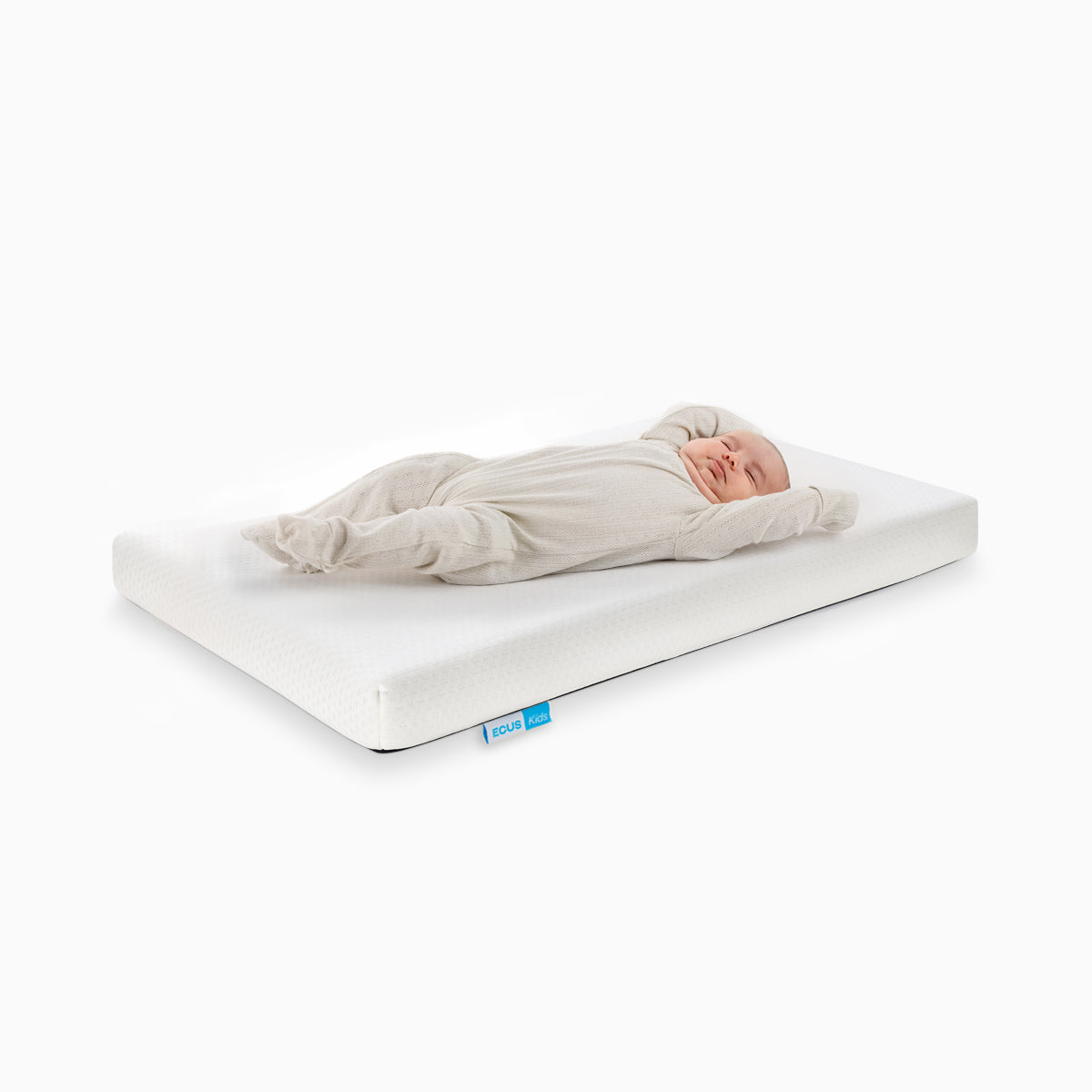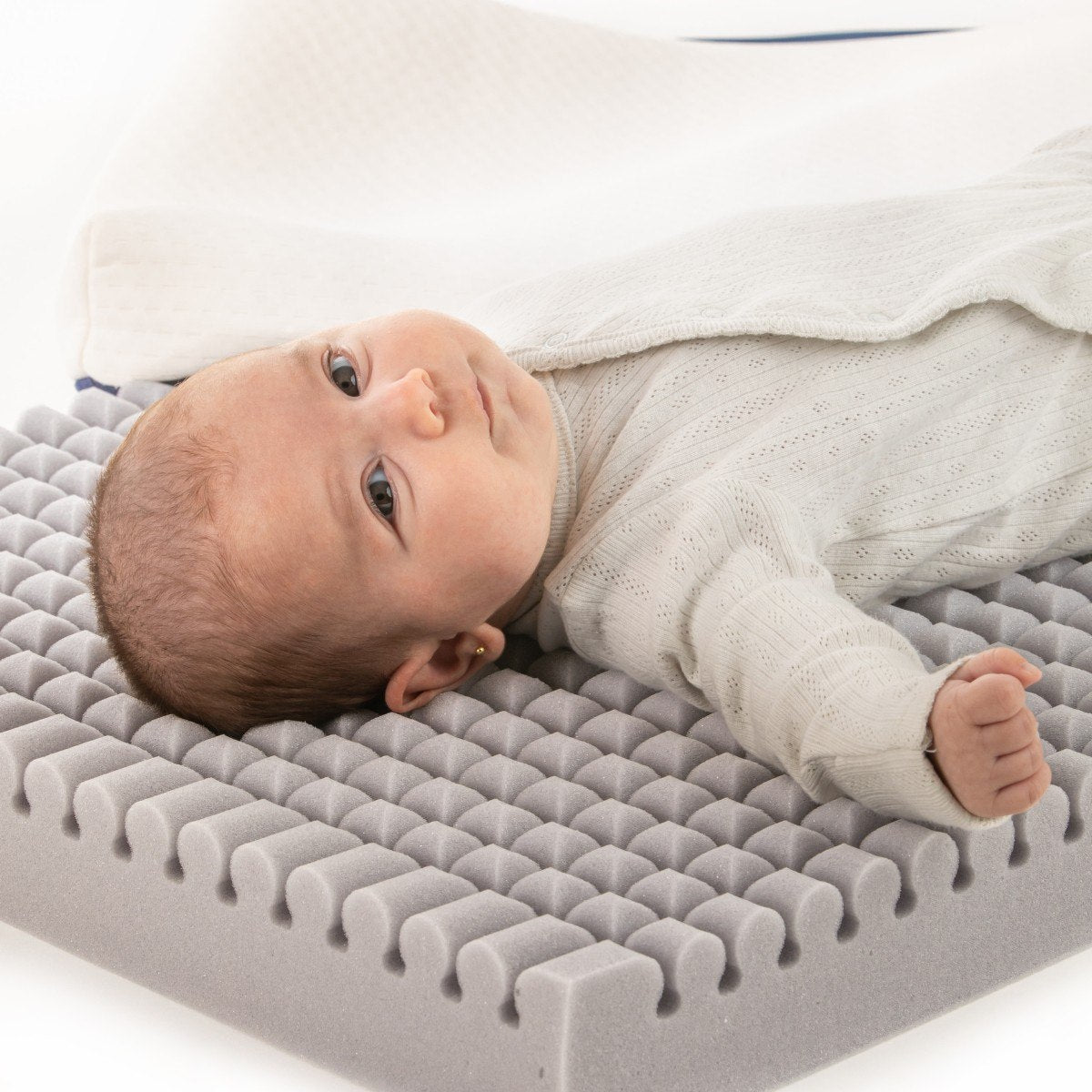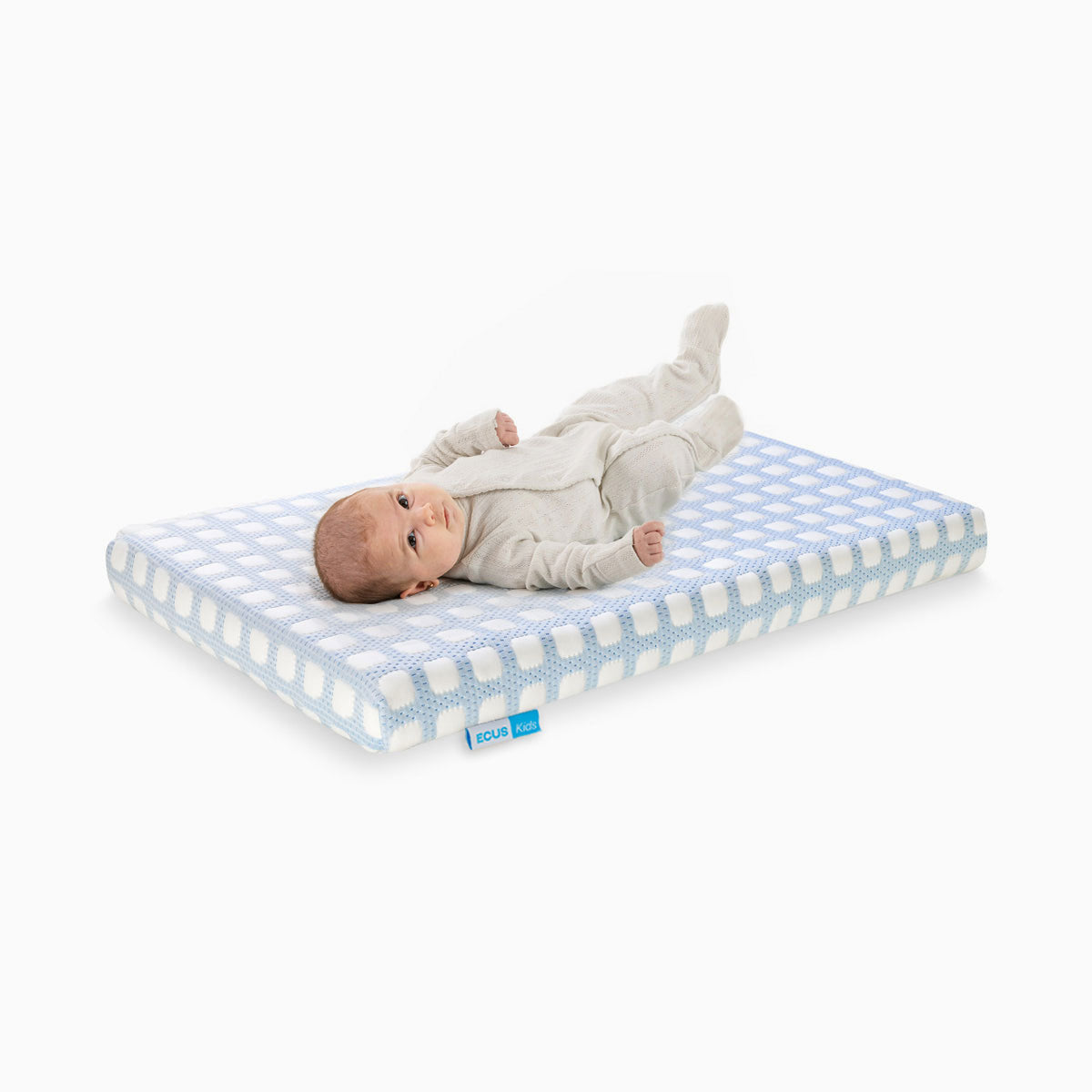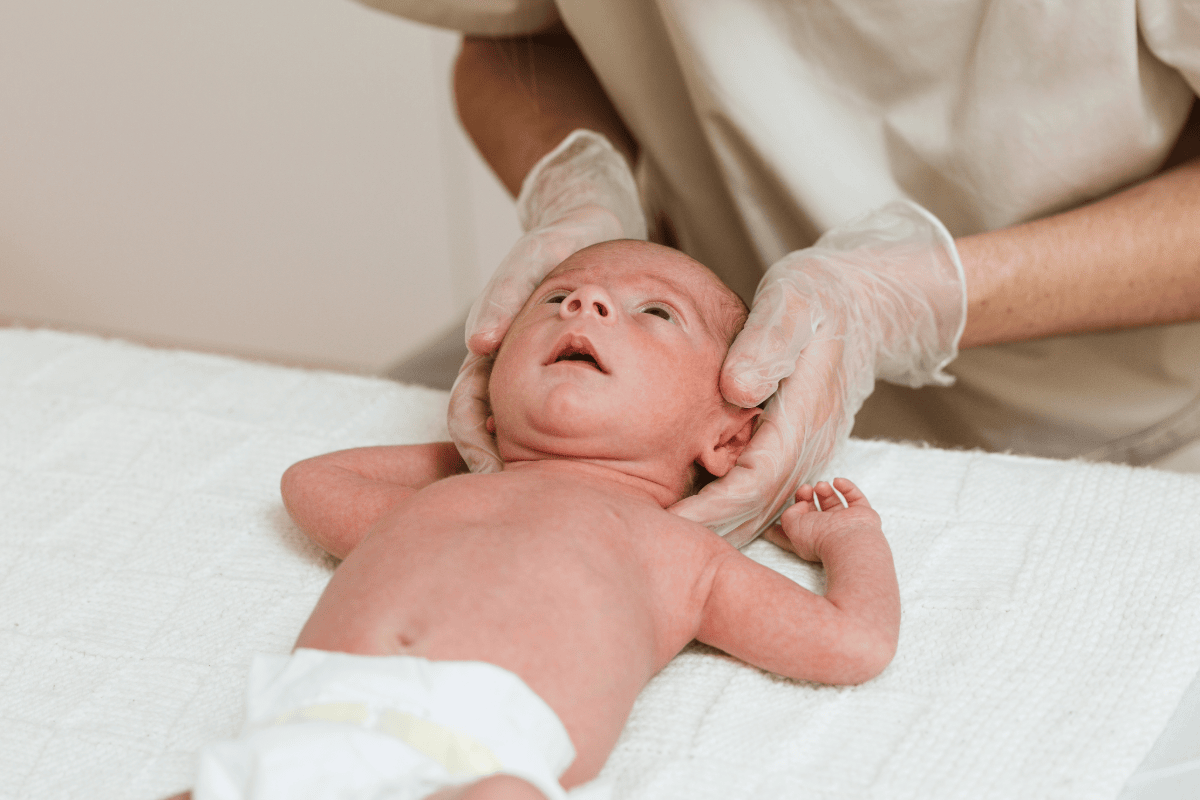8 recommendations to avoid sudden infant death syndrome
Although there is no guaranteed way to prevent sudden infant death syndrome (SIDS), the risk of suffering it can be considerably reduced. These are some of the recommendations promoted by pediatric medical specialists to avoid it.
1. Always lay the baby on their back
This is one of the most important measures: the baby should always sleep on their back, especially in the first months of life. Never on their stomach and it is preferable to avoid laying them on their side. Since this measure began to be used widely in 1994, the number of deaths in babies has decreased by almost 50%.
When sleeping on their stomach, the baby has a higher chance of pausing their breathing or inhaling the air they just expelled, which is less rich in oxygen. It is also not advisable to place them on their side, as they can easily turn onto their stomach. Once the first 5 or 6 months have passed, the baby will be able to turn by themselves and it will be more complicated to keep them in that side position, but it is also true that from that age the risk of sudden death from asphyxia begins to decrease significantly.
Since the recommendation is to place the baby to sleep on their back, there has been a proportional increase in cases of plagiocephaly or flat head syndrome, while cases of sudden death decreased. At this point, it is important to change the position of the baby's head from time to time and also place them on their stomach when they are not asleep, carry them, and avoid them spending too much time with their head pressed against hard surfaces.
2. Do not place stuffed animals or other objects in the crib
Avoiding placing stuffed animals, pillows, cushions, or other soft objects in a baby's crib is a crucial measure to prevent sudden infant death syndrome (SIDS). These objects can obstruct the baby's airways or create an environment prone to overheating, both factors that increase the risk of SIDS. Keeping the crib clear ensures a safe and hazard-free space.
3. Carefully select the mattress
The choice of a mattress with appropriate firmness is crucial to prevent sudden infant death syndrome. Both the mattress and the bedding that covers it should be breathable and not retain heat. Several studies have linked soft or plastic materials and surfaces with a high risk of sudden infant death syndrome.
Therefore, it is essential to check the mattress on which the baby will sleep. Many times, cribs are chosen for their design and aesthetics, and the courtesy mattress that comes with them is kept. This courtesy mattress is often made of poor-quality foam and is usually covered with a non-breathable plastic. Changing this mattress for a safer one is key to preventing sudden infant death.
4. Excessive warmth
Another recommendation is not to over-bundle the baby. Babies have an immature body temperature regulation system, making them more susceptible to temperature changes. When a baby is too bundled up, their body can overheat quickly, which increases the risk of sudden infant death syndrome (SIDS).
Additionally, excess blankets or clothing can obstruct the baby's airways, making it difficult for them to breathe and increasing the risk of asphyxia. Therefore, it is essential to dress the baby in appropriate clothing for the ambient temperature and avoid using thick blankets or excessive clothing during sleep.
5. Do not sleep in the same bed as the parents
When parents and the baby share the same bed, the risk of accidental asphyxia and overheating increases. Adults can inadvertently roll over onto the baby, cover them with heavy blankets, or create an environment that is too warm, which can obstruct the baby's airways or dangerously raise their body temperature.
Moreover, the mattresses and pillows of adult beds are not designed for the safety of babies. For these reasons, it is crucial that babies sleep in their own crib, on a firm surface and without loose objects, in the same room as the parents, but in a separate bed.
6. Absence of tobacco and alcohol
Prenatal exposure to tobacco and alcohol negatively affects the development of the baby's respiratory system and central nervous system, increasing the risk of SIDS. Tobacco smoke, both during pregnancy and after birth, can cause respiratory problems and affect the baby's ability to wake easily during sleep, a key factor in preventing SIDS.
7. Breastfeeding if possible
Breastfeeding can reduce the risk of sudden infant death syndrome (SIDS) due to several protective factors present in breast milk. Breast milk provides antibodies and essential nutrients that strengthen the baby's immune system, helping to fight infections that could increase the risk of SIDS. Additionally, breastfeeding promotes better control of breathing and sleep in infants.
A study published in the journal "Pediatrics" in 2011 found that babies exclusively fed breast milk for at least two months had a significantly lower risk of SIDS compared to those who were not breastfed. This protection is even greater when breastfeeding is extended beyond six months.
8. Use of the pacifier
Several studies have shown that the use of the pacifier during sleep is associated with a significant reduction in the risk of SIDS. The pacifier can help keep the baby's airways open and promote better control of the muscle tone in the mouth and throat, which reduces the likelihood of obstructive apneas during sleep. Additionally, the use of the pacifier could influence the baby's awakening, making it more likely that they will wake up if there is a respiratory obstruction.
A systematic review published in the journal "Archives of Disease in Childhood" in 2005 found that babies who used a pacifier had a 90% lower risk of SIDS compared to those who did not use one. The American Academy of Pediatrics (AAP) also supports this recommendation, suggesting offering a pacifier to the baby at bedtime and during naps, although always safely and avoiding the use of devices that attach the pacifier to the baby's clothing or bed.












